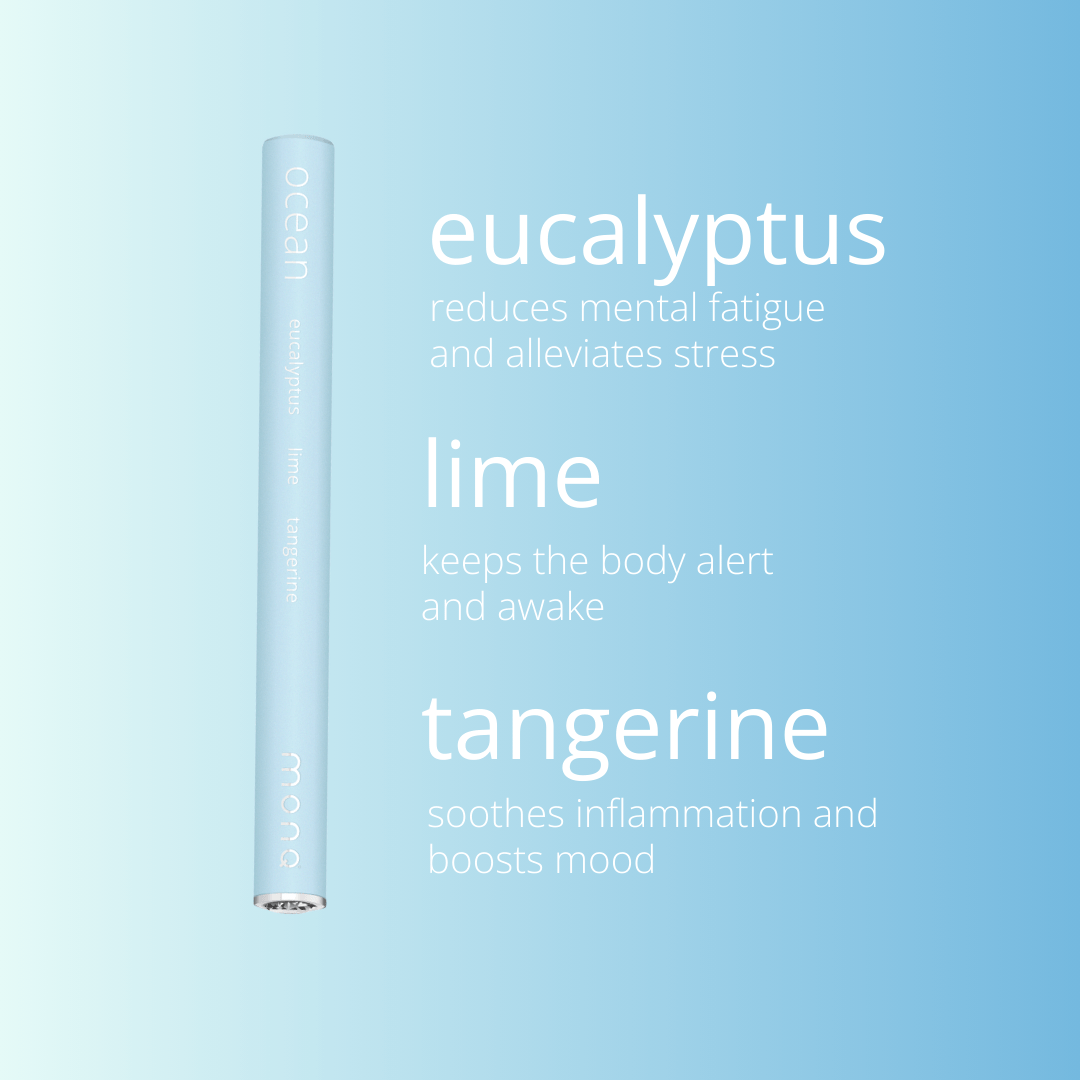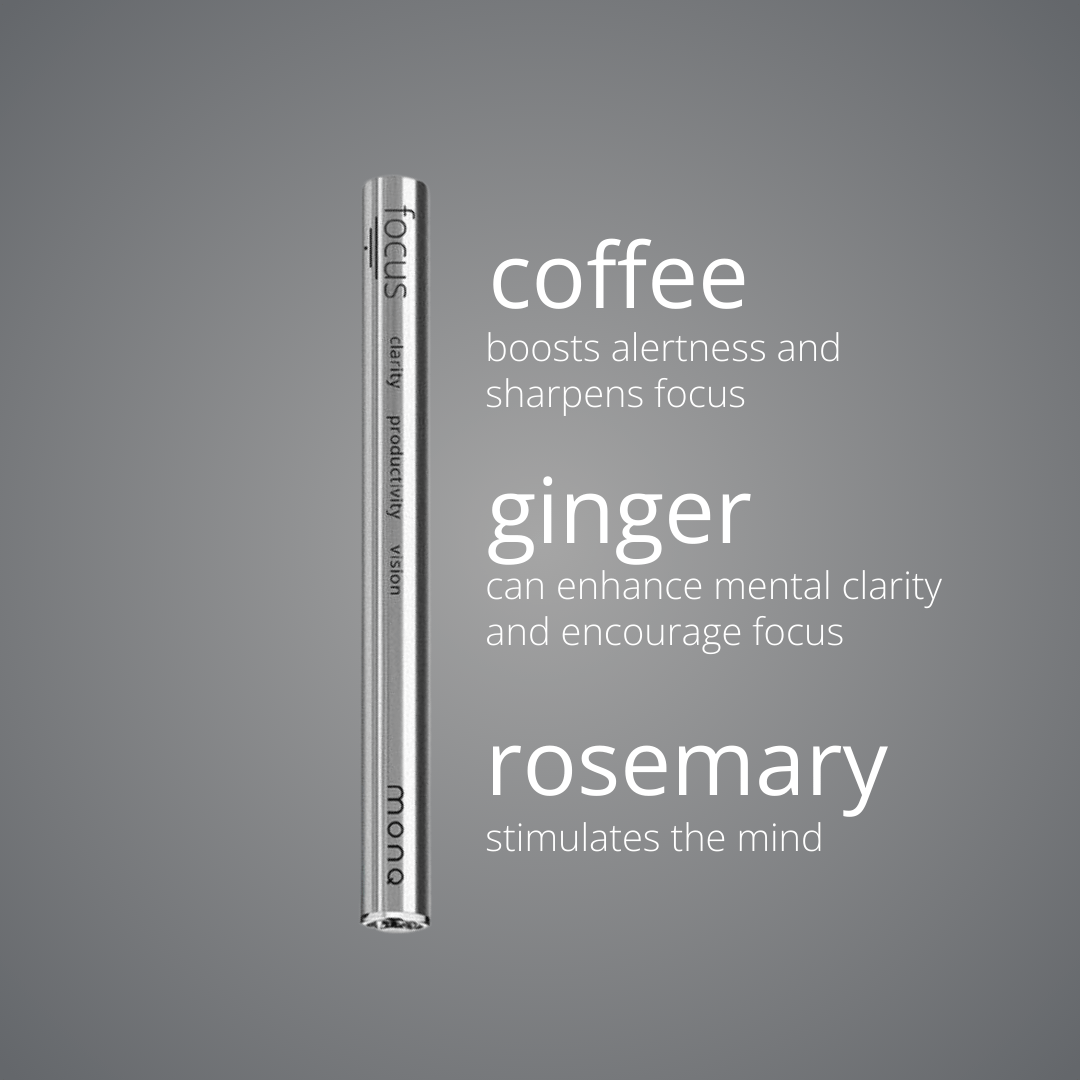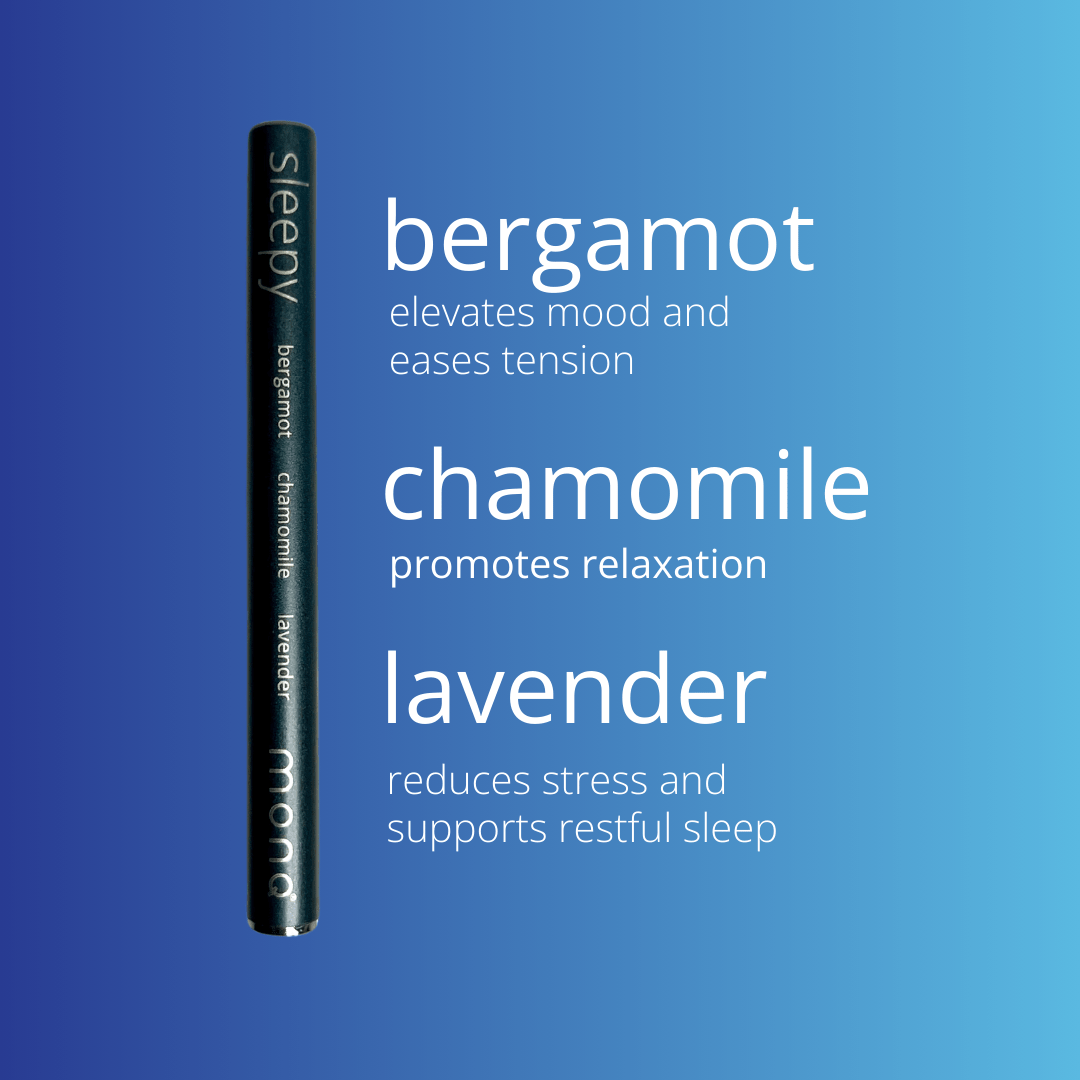Vaping Dangers: What You Need to Know
At the heart of the vaping epidemic is a pervasive misconception that vaping is harmless. Many are lured by the notion that e-cigarettes produce harmless water vapor, neglecting the fact that they often contain nicotine, as well as a cocktail of chemicals and toxins. This misconception has fueled a dangerous trend, especially among youth, who are drawn to the appealing flavors and sleek designs of vaping devices.
One of the most pressing concerns surrounding vaping is its impact on respiratory health. While the long-term effects are still being studied, emerging evidence suggests a link between vaping and serious lung injuries, including acute respiratory distress syndrome (ARDS) and lipoid pneumonia. The inhalation of vaporized chemicals and additives can irritate the lungs, leading to inflammation, impaired lung function, and respiratory illnesses.
Furthermore, the nicotine content in many vaping products poses significant risks, particularly for young people. Nicotine exposure during adolescence can harm brain development, impacting cognitive function, attention, and mood regulation. Additionally, nicotine is highly addictive, paving the way for a lifetime of dependency and increasing the likelihood of transitioning to traditional tobacco products.
Beyond individual health concerns, vaping also poses risks to public health. Secondhand vapor exposes bystanders to potentially harmful chemicals, raising concerns about the impact on non-users, especially in enclosed spaces. Moreover, the marketing tactics employed by vaping companies, including the use of enticing flavors and targeted advertising, have drawn criticism for glamorizing vaping and enticing new users, particularly adolescents.
In response to the growing concerns surrounding vaping, regulatory efforts have been ramped up to address the issue. Bans on flavored e-cigarettes, restrictions on marketing and sales to minors, and public awareness campaigns aim to curb the rise of vaping-related illnesses and prevent a new generation from becoming addicted to nicotine.
In conclusion, while vaping may be perceived as a safer alternative to smoking, the reality is far more complex. From respiratory risks and nicotine addiction to public health concerns and regulatory challenges, the dangers of vaping are clear. As we continue to navigate this evolving landscape, it's essential to prioritize education, awareness, and evidence-based interventions to safeguard our health and well-being.









Leave a comment